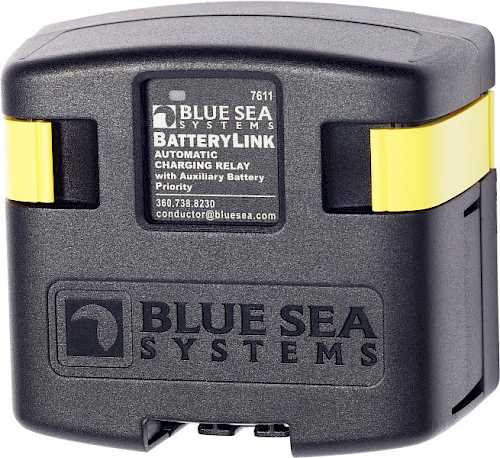
Can You Explain Battery Combiners, GFCI/ELCI vs. Galvanic Isolators?
Question:
I enjoy your articles in Pacific Yachting each month and also the information on your website. I own a 33’ sailboat and am looking at updating the AC and DC systems as they have evolved. The DC in particular has outgrown the original architecture. 1. Should I replace the 1, 2, ALL, OFF battery switch to incorporate an automatic charging relay (ACR)? I am starting with a plan to test the current switch to see if there is any reason to replace it. E.g. the contacts still as good as new! I have a suspicion that there is a downside to an ACR, perhaps if one battery bank gets drained, but I am finding it difficult to find a clear explanation of the pros and cons. To me I seldom run in ALL mode and switching batteries is second nature. However, I am hoping my daughter and family will start to use the boat and they don’t have that background. 2. Should I install a galvanic isolator and/or an ELCI AC breaker? My sense from Blue Seas who do not market the former, is that the ELCI provides similar protection and new protection. I have been unable to verify how true this is. I am assuming that the permanent battery charger (Xantrex) may well provide a hidden interconnection between the AC and DC systems.
Answer:
- The only downside of an automatic charging relay (ACR) compared to a manual switch, is that for safety reasons, the ACR will NOT combine two batteries together if one of them is below 9V. Other than that the ACR automatically puts two batteries in parallel whenever there is a high enough charging voltage. The advantage of the ACR with a dedicated engine and house switch is that your loads are always on the right battery and you do not need an operator to constantly change the switch depending on if you are starting the engine, running the engine, or an anchor.
- An ELCI and GaIvanic Isolators are completely different devices and if I was redoing a boats AC system and bonding system I would install both. The Galvanic Isolator (GI) protects against low DC amperage using the AC grounding wire. Basically the GI protects against galvanic corrosion. The ELCI is sort of a GFCI with a higher tolerance for a marine environment. It measures any discrepancy between the AC hot and neutral conductors and pops the breaker if that threshold is exceeded. A marine charger keeps the AC neutral and AC ground separate. Many land-based chargers will connect both together and can cause havoc on a bonding system.
Related Content

























